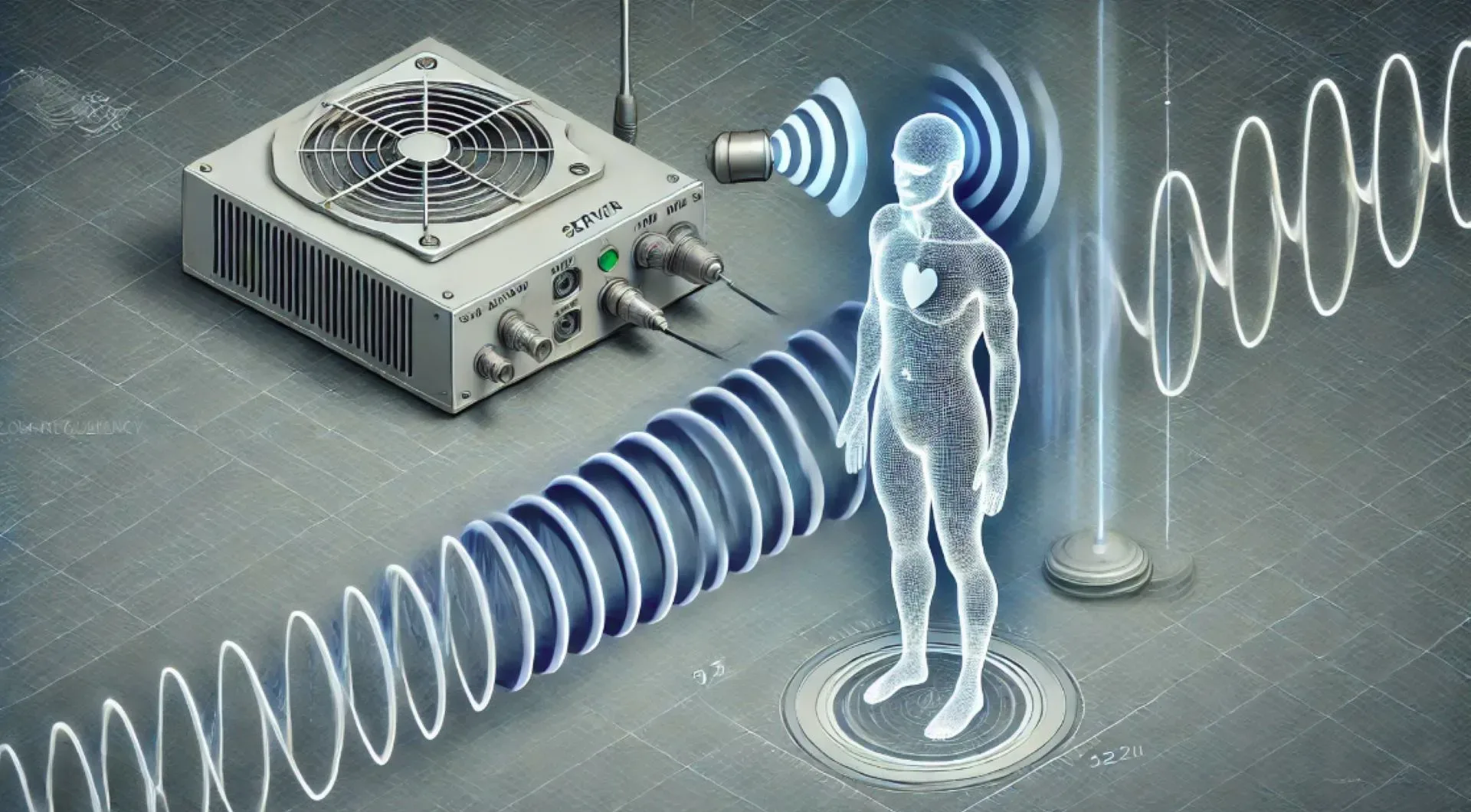4D Printing - Revolutionizing Manufacturing

As we continue to push the boundaries of innovation, a new technology has emerged that is set to revolutionize the manufacturing industry: 4D printing. Building on the foundations of 3D printing, 4D printing takes the process to the next level by creating objects that can transform and adapt over time.
What is 4D Printing?
4D printing is a type of additive manufacturing that uses specialized materials and printing techniques to create objects that can change shape, form, or function in response to environmental stimuli. This is achieved through the use of smart materials that can react to temperature, light, humidity, or other external factors.
The Process of 4D Printing
The process of 4D printing is similar to 3D printing, with a few key differences. The printer uses a combination of traditional 3D printing materials and smart materials to create the object. The smart materials are programmed to respond to specific stimuli, allowing the object to transform or adapt as needed.
Applications of 4D Printing
The potential applications of 4D printing are vast and varied. Some of the most exciting possibilities include:
- Medical devices that can adapt to changing body conditions
- Aerospace components that can adjust to changing temperatures and pressures
- Self-healing materials that can repair cracks and damages
- Smart textiles that can change color, shape, or function in response to environmental stimuli
Benefits of 4D Printing
The benefits of 4D printing are numerous. Some of the most significant advantages include:
- Increased efficiency and reduced waste
- Improved product performance and functionality
- Enhanced customization and personalization
- New business models and revenue streams
Challenges and Limitations
While 4D printing holds tremendous promise, there are still several challenges and limitations that must be addressed. These include:
- High development costs and limited availability of smart materials
- Complexity of programming and controlling the transformation process
- Scalability and reproducibility of 4D printed objects
- Regulatory frameworks and standards for 4D printing
Conclusion: The Future of Manufacturing
In conclusion, 4D printing is a revolutionary technology that has the potential to transform the manufacturing industry. While there are still challenges to be addressed, the benefits and applications of 4D printing make it an exciting and promising field that is worth exploring further.

















Comments ()